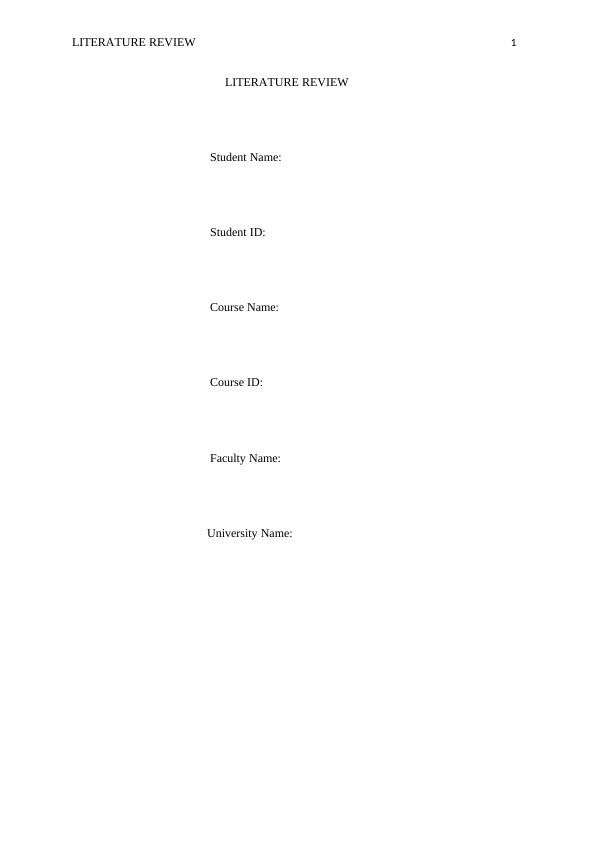Evaluation of Diabetic Ketoacidosis Treatment Protocols: A Literature Review
4 Pages700 Words62 Views
Added on 2019-09-25
About This Document
This literature review evaluates two articles that discuss Diabetic Ketoacidosis (DKA) treatment protocols. The paper identifies and develops evidence-based treatment guidelines for DKA. The article also discusses the diagnosis of DKA, fluid resuscitation, electrolyte management, and insulin drip. The authors emphasize the importance of education for patients to manage their insulin levels during their stay away from the hospital.
Evaluation of Diabetic Ketoacidosis Treatment Protocols: A Literature Review
Added on 2019-09-25
ShareRelated Documents
End of preview
Want to access all the pages? Upload your documents or become a member.
DKA Management Research Paper 2022
|4
|618
|18
Managing Cerebral Oedema in Children with Paediatric Diabetic Ketoacidosis: A Policy Review and Recommendations
|12
|3946
|477
Case Study on Diabetic Ketoacidosis
|5
|1163
|87
Professional Nursing Continuum Generic Narrative
|7
|1844
|154
Diabetic Ketoacidosis: Nursing Assessment, Care Plan, Discharge Planning, and Medications
|10
|2722
|98
Mrs. Brown’s Case Study: Understanding Diabetes Mellitus, DKA, and HHS
|8
|1537
|500


